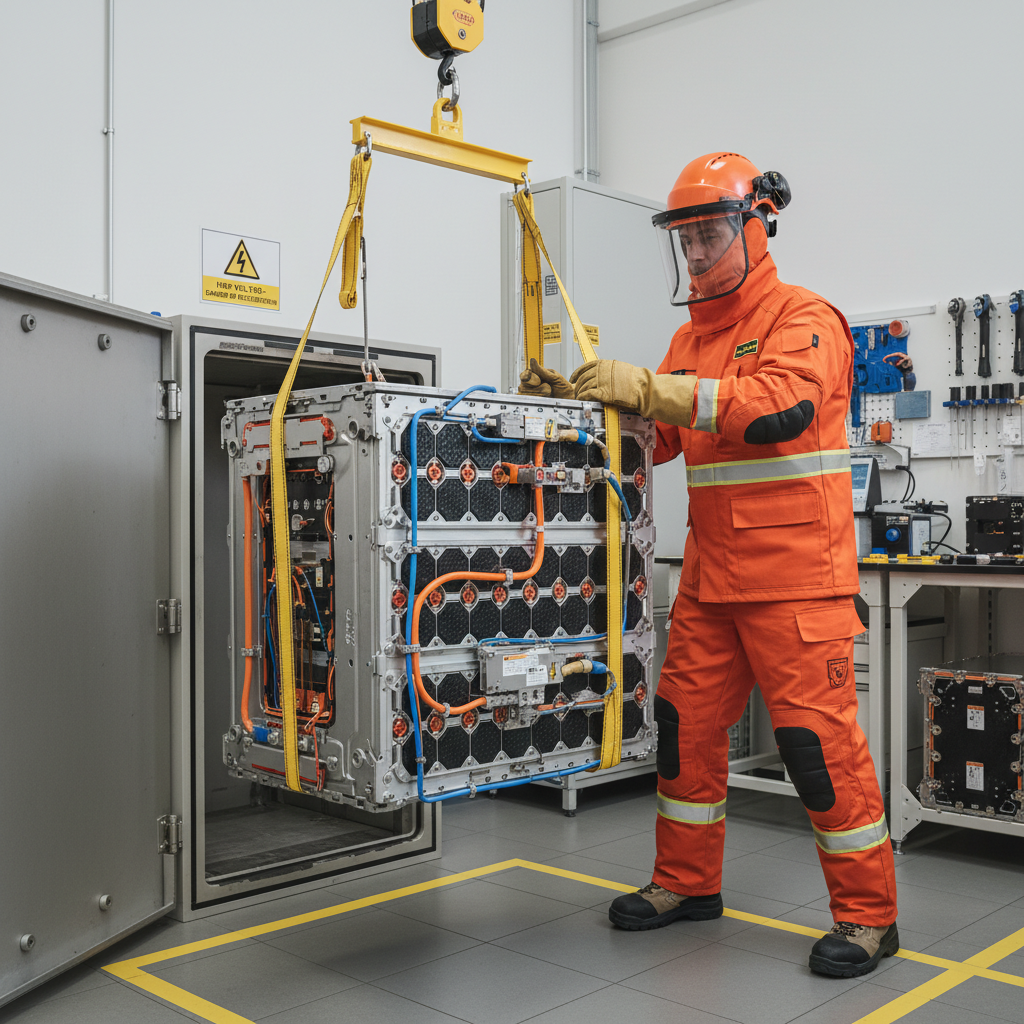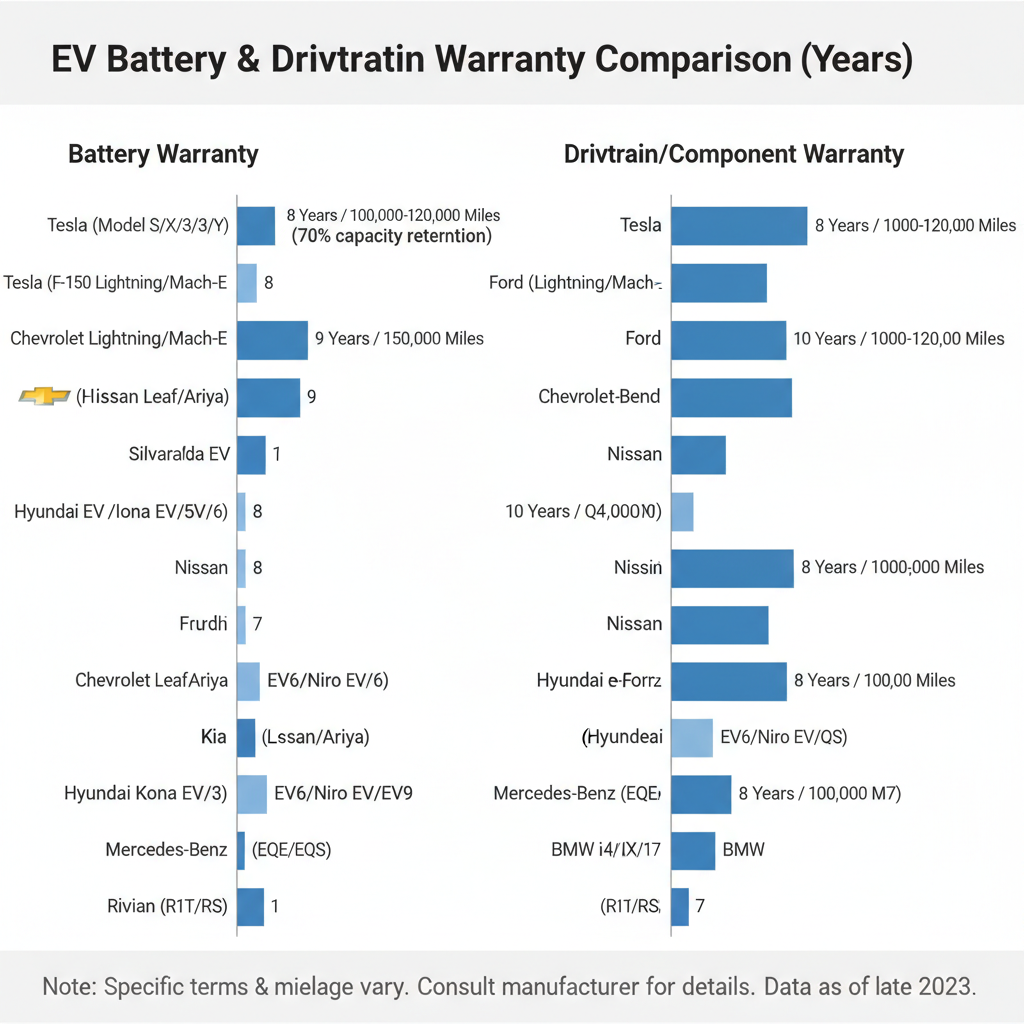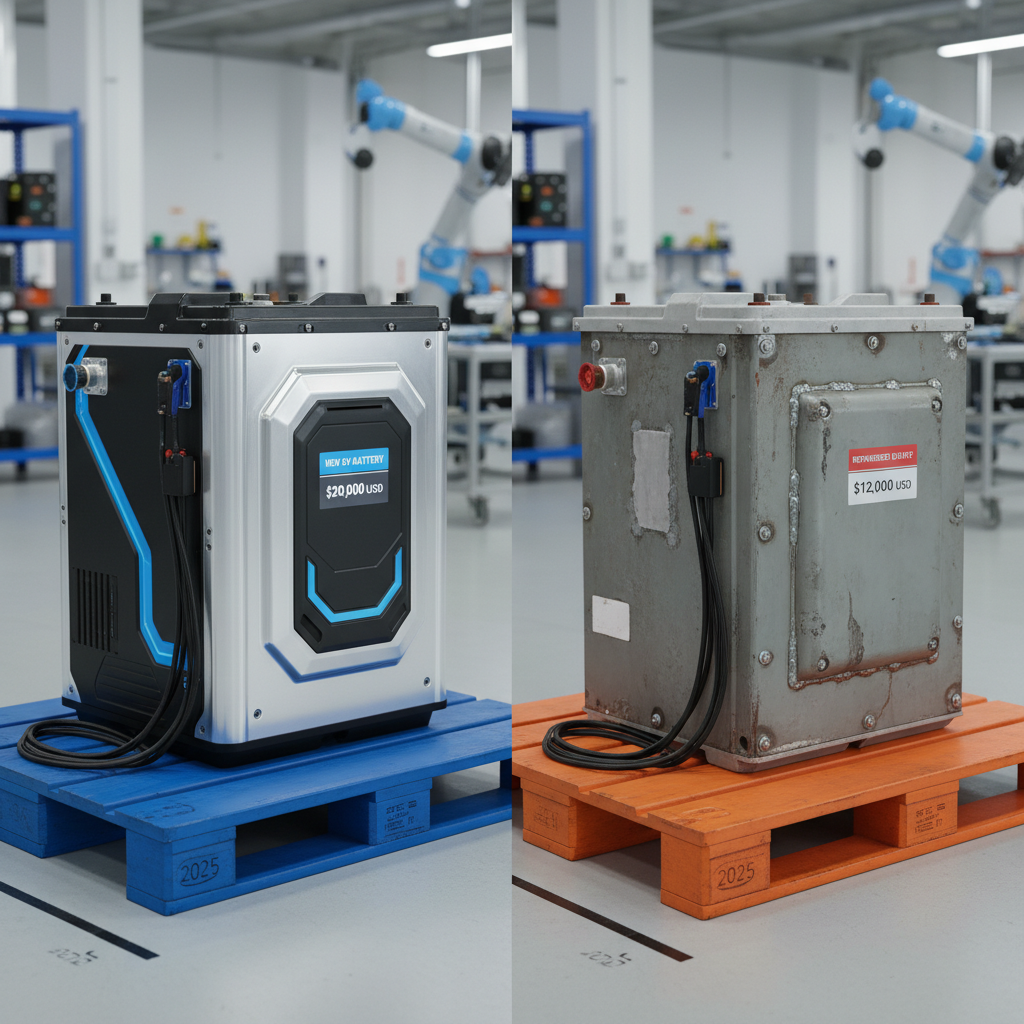2025 EV Battery Shockers: Real Replacement Quotes by Model—Not Just Headlines
Forget the scare stories—if you’re eyeing EV ownership in 2025, understanding the real battery replacement bill is your secret weapon. With prices, warranties, and choices changing fast, the difference between a $4,000 fix and a $25,000 disaster is all about knowing the facts behind each badge and model. Here’s your practical, data-driven guide to what battery swaps actually cost, who covers them, and how to avoid a future wallet meltdown.
Contents
- 1 Battery Replacement Costs: The “Worst Case” Myth vs. Actual Model Quotes
- 2 Parts vs. Labor: Where Does Your Money Go?
- 3 How Often Are EV Batteries Really Replaced?
- 4 Warranty Coverage: Who Pays for What?
- 5 Which Factors Really Influence Your Out-of-Pocket Bill?
- 6 Expert Tips to Avoid Battery Bill Shock
- 7 Ready to Buy or Upgrade? Here’s Your Action Plan
Battery Replacement Costs: The “Worst Case” Myth vs. Actual Model Quotes
If you only read headlines, you’d think every EV battery replacement costs $20,000+. In reality, prices diverge wildly depending on pack size, manufacturer, and whether you buy OEM, refurbished, or third-party. Here’s a breakdown of 2025 out-of-warranty quotes for popular models:
- Nissan Leaf (40 kWh): $4,000–$8,000 (standard pack, dealer or specialist)[1][4][5]
- Chevrolet Bolt EV: ~$9,000 (full pack, dealership)[4]
- Hyundai Kona Electric: ~$10,500[4]
- Hyundai Ioniq 5: ~$11,000[4]
- BMW i3: $2,500–$5,000 (used pack, third-party)[4][5]
- BMW i4: Up to $15,000[4]
- Toyota Prius Hybrid: $1,500–$8,000 (refurbished/new OEM)[1][6]
- Tesla Model 3/Y: $11,000–$16,500 (full pack incl. labor)[2][3][5][7]
- Tesla Model S/X (pre-2022): $13,000–$22,000[2][3][7]
- Ford Mustang Mach-E: $18,000–$25,000[1]
- Lucid Air / Rivian R1T: $25,000–$30,000+[1]
- Chevy Silverado EV: $21,000[4]
Quick Tip: Refurbished packs and third-party services (e.g., Greentec Auto, Electrified Garage) can slash costs by 30–50%, but always check for warranty and compatibility issues[1][8].

Parts vs. Labor: Where Does Your Money Go?
EV battery replacement isn’t just about the pack itself—labor, shipping, and diagnostics add real costs:
- Average labor cost (Tesla Model 3/Y): $2,000–$2,500[2][5]
- BMW i3: Often under $1,000 for basic swaps[5]
- Miscellaneous (diagnostics, calibration): $200–$500[5][7]
Case Example: One Model 3 owner’s 2025 bill: $13,500 (pack) + $2,299 (labor) = $15,799[5]. For budget EVs, labor may be proportionally higher—especially at dealerships.
Image Placement
[Image: Close-up of a technician handling an EV battery module, showing the scale and complexity.]
How Often Are EV Batteries Really Replaced?
Here’s the social-proof reality: Less than 2% of EV owners ever need a full pack replacement in the first 8 years. Most reported replacements are:
- High-mileage taxis (200,000+ miles)
- Early Nissan Leafs with rapid degradation
- Older Teslas (pre-2018) with known issues
For 2021+ models, real-world studies show batteries typically retain 85–90% of original capacity after 8 years[5].
Warranty Coverage: Who Pays for What?
Here’s where urgency and FOMO kick in—warranty terms can save you tens of thousands, but coverage varies by make and region:

| Brand/Model | Warranty Term (2025) | Capacity Loss Threshold |
|---|---|---|
| Tesla (all models) | 8 yrs / 100,000–150,000 mi | 70% (Model 3/Y) / 75% (S/X) |
| Nissan Leaf | 8 yrs / 100,000 mi | ~70% |
| Hyundai/Kia EVs | 10 yrs / 100,000 mi | ~70% |
| Chevy Bolt/Silverado EV | 8 yrs / 100,000 mi | ~60% |
| BMW i4/i3 | 8 yrs / 100,000 mi | ~70% |
Actionable Step: Always check the warranty book before buying new or used—dealers sometimes offer extended coverage or certified pre-owned warranties on packs.
Image Placement
[Image: Warranty chart showing different automaker terms side-by-side, highlighting 8–10 year coverage.]
Which Factors Really Influence Your Out-of-Pocket Bill?
Don’t get blindsided—these are the real price drivers:
- Battery pack size: Larger packs (100+ kWh) cost far more (Tesla, Rivian, Lucid)[2][1]
- Chemistry: LFP packs (Tesla Model 3 SR+) are cheaper, last longer; NCA/NCM chemistries may degrade faster[7]
- Model year: Early EVs (2011–2016) typically cost more due to less common parts[5]
- Specialist vs. dealer: Third-party shops can undercut dealer prices by 20–40% (e.g., Greentec Auto, Electrified Garage)[1][8]
Expert Tips to Avoid Battery Bill Shock
- Check battery health: Use apps (Recurrent, LeafSpy, Tesla Toolbox) before buying used. Insist on a recent battery report.
- Negotiate warranty extensions: Some brands, like Hyundai/Kia, offer 10-year coverage—leverage this in dealer talks.
- Consider refurbished packs: For out-of-warranty cars, Greentec Auto offers Tesla Model S/X 75 kWh packs from $5,999; Nissan Leaf packs under $8,000[8].
- Plan for pack recycling: Some automakers now offer credits or discounts if you trade in your old pack for recycling.
- Act fast: If your warranty is about to expire, get an inspection and lock in any free replacements.
Image Placement
[Image: Side-by-side comparison of a new and refurbished EV battery pack, clearly labeled pricing differences.]
Ready to Buy or Upgrade? Here’s Your Action Plan
- Choose wisely: Prioritize models with 8+ year battery warranties and proven longevity (Hyundai Ioniq 5, Tesla Model 3/Y, Chevy Bolt).
- Get a battery health check: Before buying used, request a full diagnostic report and negotiate on any capacity loss.
- Shop smart: Compare dealer vs. specialist quotes (Greentec Auto, Electrified Garage) and ask about refurbished options.
- Read the fine print: Understand what the warranty covers—some only replace for catastrophic failure, others for significant capacity loss.
- Stay informed: Battery tech and service pricing are dropping fast—lock in deals, get on automaker mailing lists, and watch for annual cost updates.
Don’t let outdated rumors stop you from going electric in 2025. Armed with real numbers, clear warranty info, and expert hacks, you can skip the FOMO and make a smart, confident move—whether you’re buying new, used, or considering an upgrade. The future isn’t scary if you follow the data.

Ready to take the next step? Contact a certified EV specialist for a battery health check, compare live replacement quotes, and grab any available warranty extensions before they disappear.

